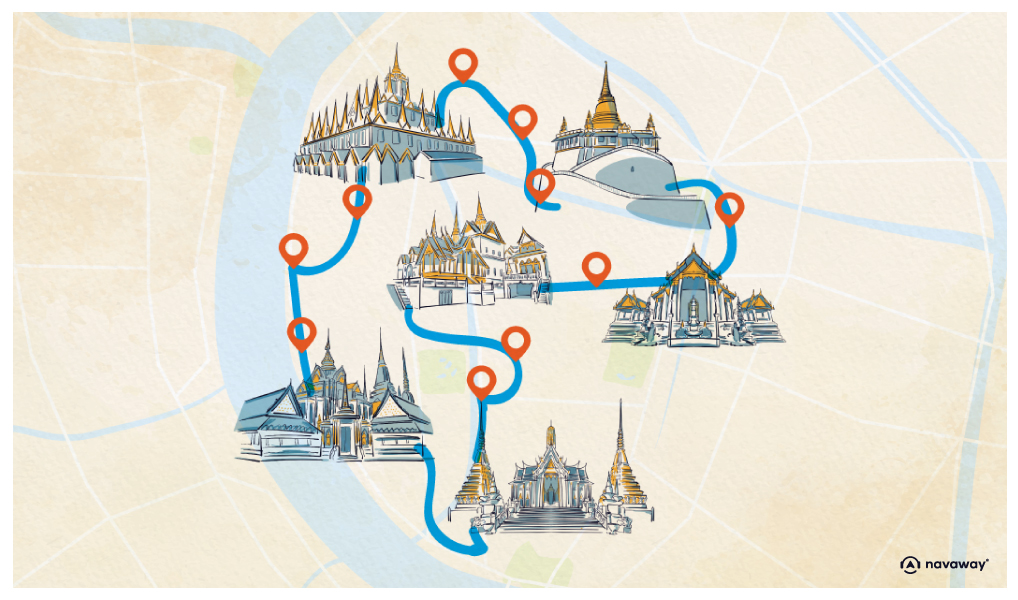
The History of Bangkok
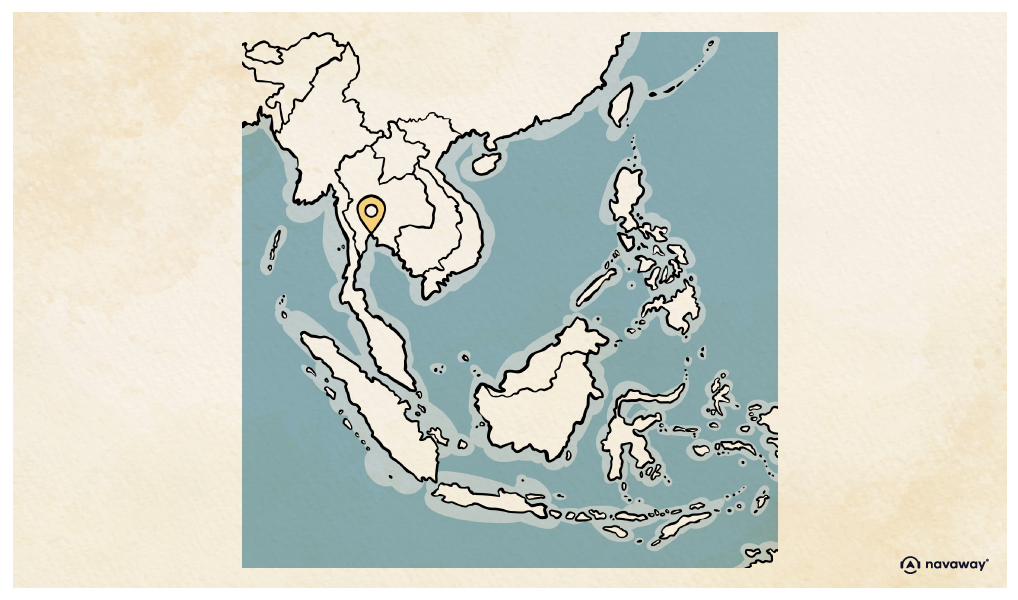
This point of interest is available as audio on the tour: Visit Bangkok, City of Angels
Behind these dazzling white walls lies one of Bangkok’s most iconic landmarks: the Grand Palace. And if you look up, you can already glimpse golden spires rising above the ramparts, a promise of the wonders hidden within this immense complex. Founded in 1782 by King Rama I, at the very moment of his coronation and the birth of Bangkok as a capital, the palace was at first nothing more than a collection of temporary wooden buildings and bamboo palisades. Materials were scarce, and speed was essential. But soon these provisional structures were replaced with brick and stucco, and the enclosure was fortified with nearly two kilometers of walls and monumental gates. Inside, the site contains more than a hundred buildings: pavilions, throne halls, courtyards, and temples, including the famous Wat Phra Kaew and the Emerald Buddha. For over two centuries, the Grand Palace remained the political and spiritual heart of the country. Even today it hosts major royal ceremonies, though parts of it are open to the public like a museum. But to understand how Bangkok itself was born, we have to go back to the thirteenth century. At that time, several Thai principalities united to form the country’s first true kingdom, with Sukhothai as its capital. This was the cradle of Thai civilization, marked by refined art and the creation of the first Thai script. In 1350, a new kingdom rose to power: Ayutthaya. This dazzling city, filled with temples and palaces, became one of Asia’s greatest trading hubs, dealing with China, India, Persia, and eventually Europe. Its golden age came to a brutal end in 1767, when Burmese armies invaded, reducing the capital to ashes. Out of this chaos emerged a charismatic general, Taksin, later known as “the Great.” He drove out the invaders and established a new capital at Thonburi, on the west bank of the Chao Phraya. Yet his reign was short-lived. In 1782, Rama I ascended the throne, founded the still-ruling Chakri dynasty, and moved the capital across the river. At that time, it was little more than a small fishing village called Ban Kok, “the village of the wild plum.” But as so often in history, great capitals are born in the right places: a river to defend, to travel, to trade… and the rest, you can see with your own eyes today. From this modest port grew the vast and vibrant capital of Thailand. And if you’d like to step inside this story, take the time to visit the Grand Palace: allow at least two hours, for an experience you’ll never forget.

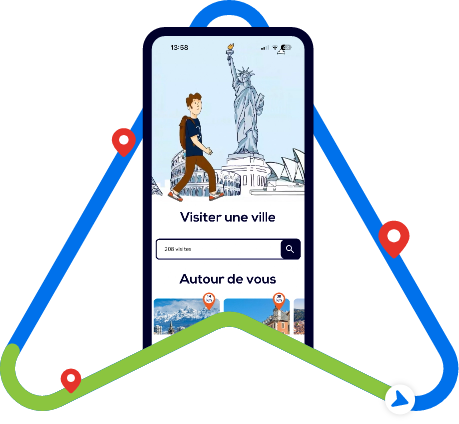
Discover Bangkok with app
An interactive guide through the most beautiful streets, squares, and districts
24 fun audioguides full of historical facts, anecdotes, and legends
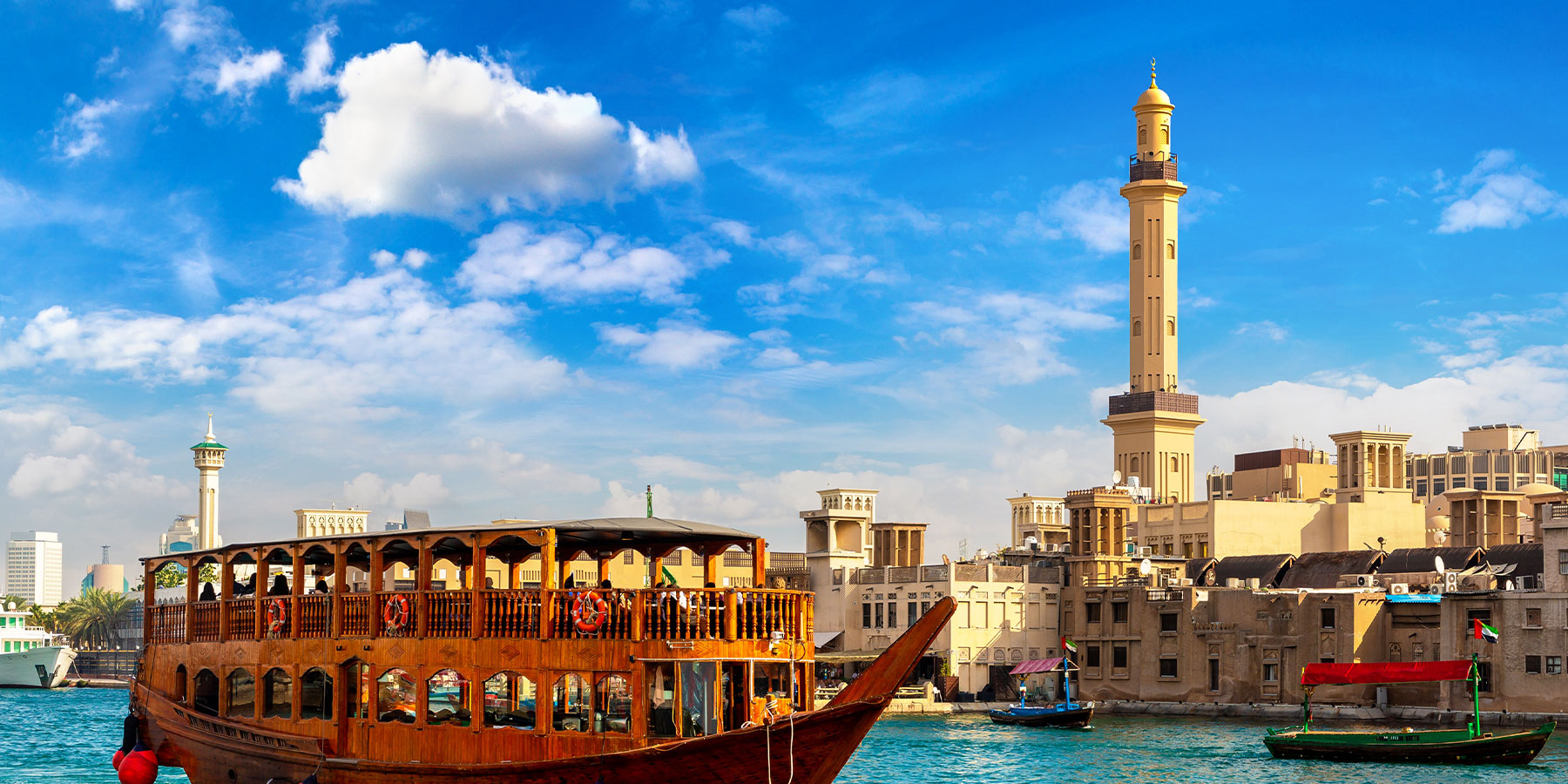
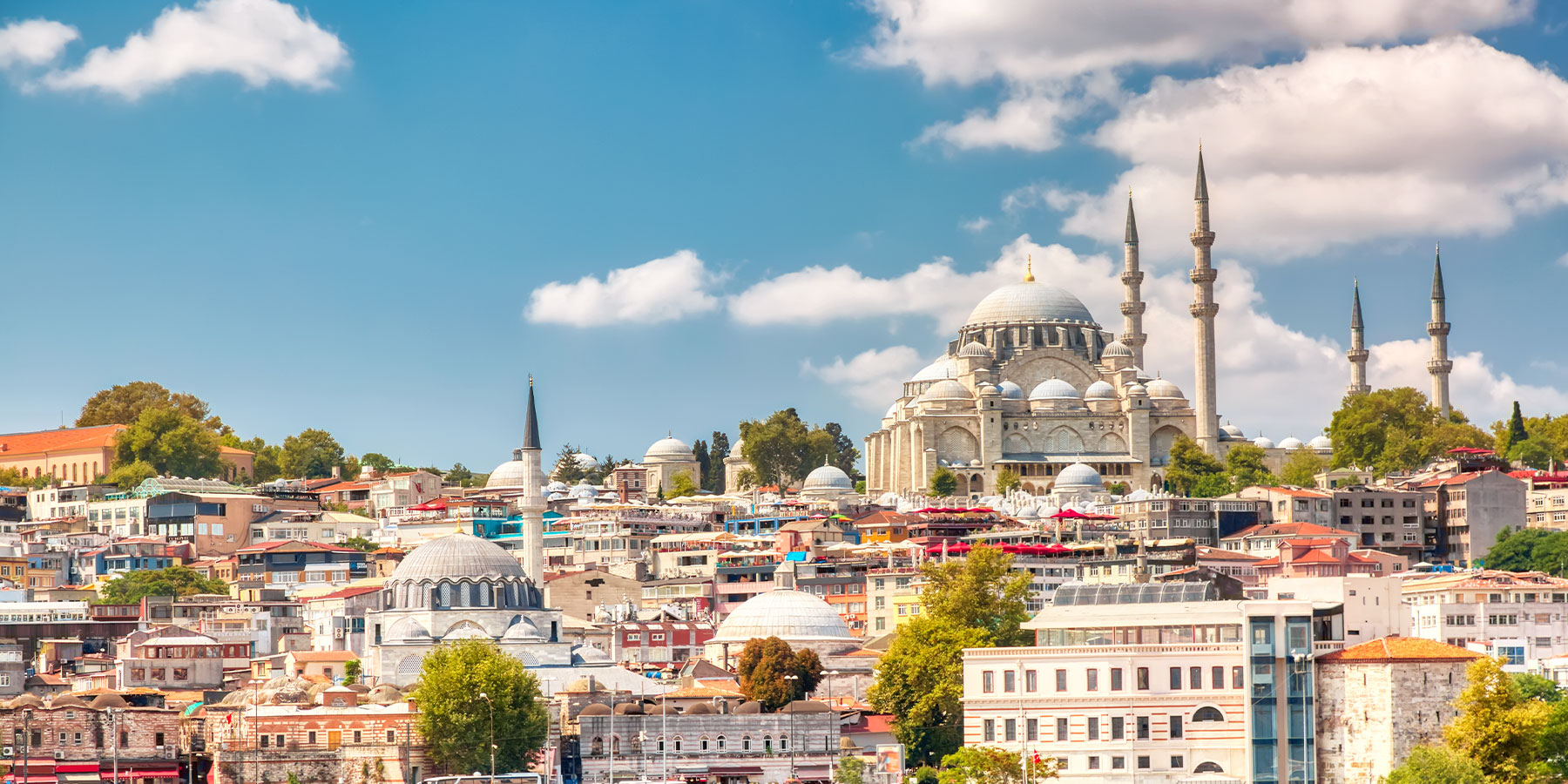
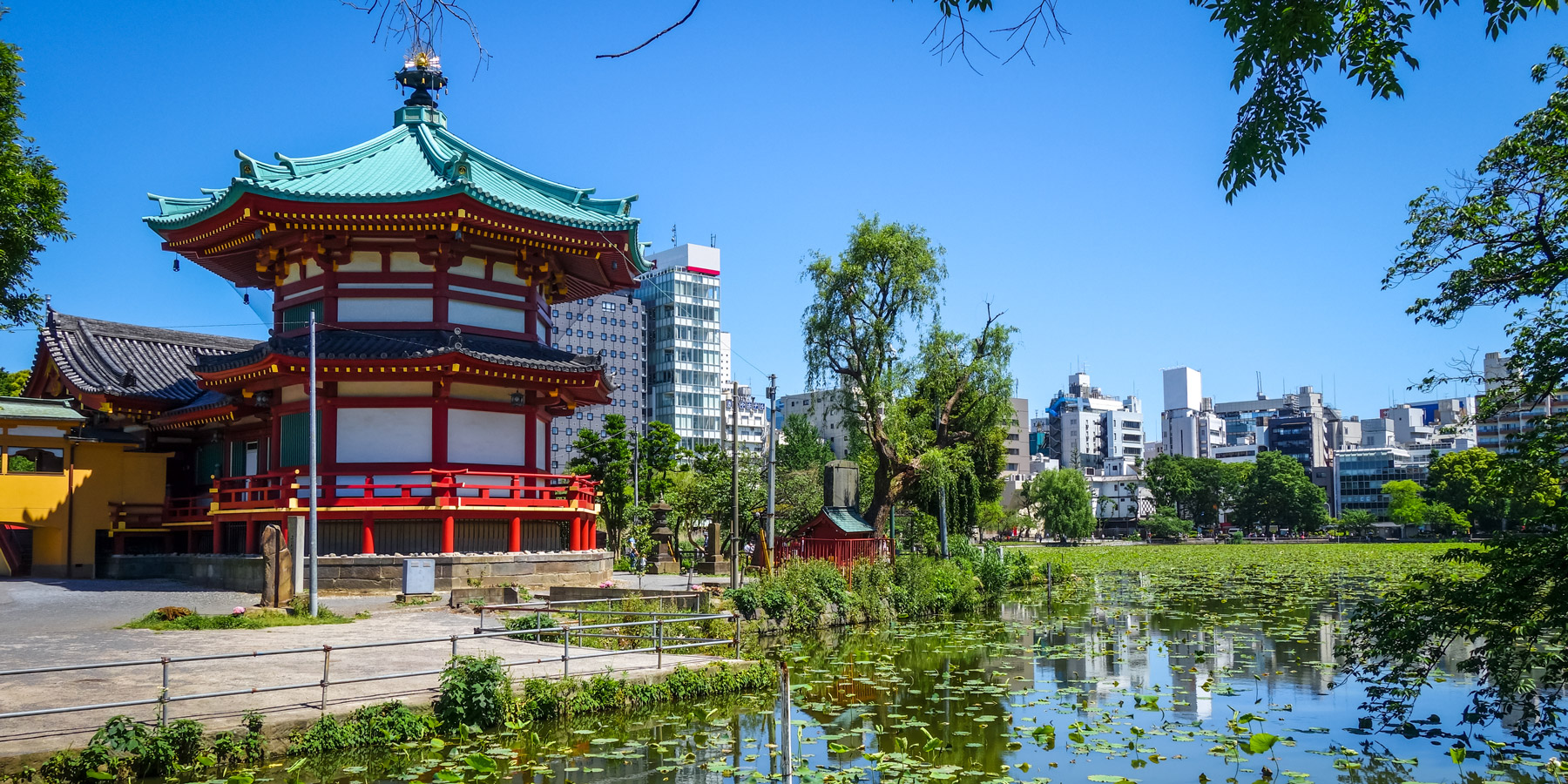
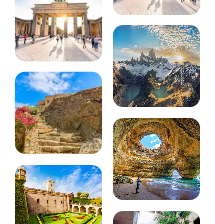

Comments